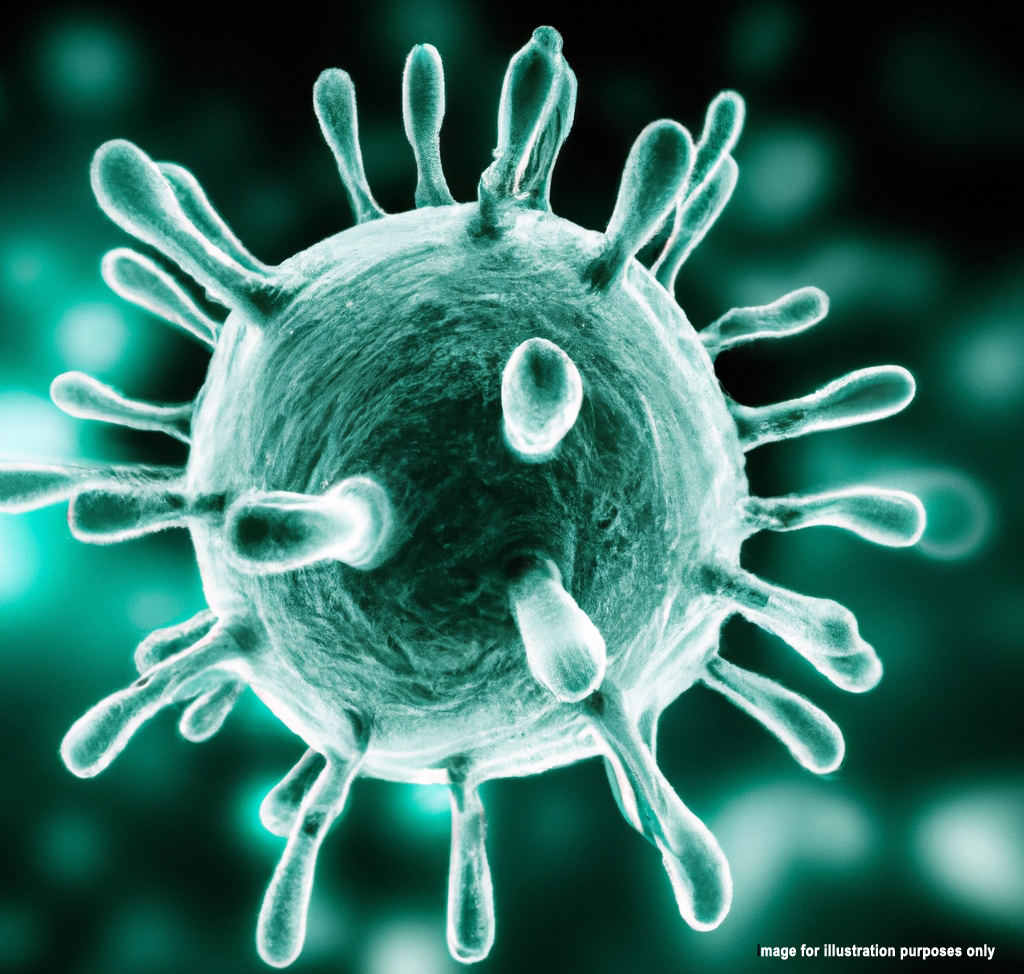Severe Acute Respiratory Syndrome (SARS-CoV)

Severe acute respiratory syndrome (SARS) is a severe form of pneumonia
characterized by acute respiratory distress, often leading to death.
Causes
SARS is caused by a member of the coronavirus family, similar to the viruses
responsible for the common cold. The 2003 epidemic likely originated from
small mammals in China.
Transmission occurs primarily through contact with respiratory droplets
expelled when an infected individual coughs or sneezes. The virus can
survive on surfaces for several hours and potentially months in cold
temperatures. Additionally, SARS may spread through contact with
contaminated objects and airborne transmission. Live virus particles have
been detected in the stool of infected individuals for up to four days.
Symptoms
Symptoms typically manifest 2 to 10 days after exposure and may include
cough, difficulty breathing, fever, chills, headache, muscle aches, and
fatigue. Less common symptoms include cough with phlegm, diarrhea,
dizziness, nausea, and vomiting. Lung symptoms can worsen in the second week
of illness, even after fever resolution.
Exams and Tests
Healthcare providers may detect abnormal lung sounds upon chest examination.
Imaging tests such as chest X-rays or CT scans often reveal pneumonia, a
common feature of SARS. Diagnostic tests may include arterial blood tests,
blood clotting tests, blood chemistry tests, complete blood count, antibody
tests, and viral isolation tests.
Treatment
Individuals suspected of having SARS should receive immediate medical
evaluation and isolation. Treatment may involve antibiotics to address
bacterial pneumonia, antiviral medications, high-dose steroids to reduce
lung inflammation, oxygen therapy, mechanical ventilation, or chest therapy.
Blood transfusions from recovered individuals have been used in severe
cases, although their efficacy is uncertain.
Outlook (Prognosis)
During the 2003 outbreak, the mortality rate of SARS ranged from 9% to 12%,
with higher rates among older individuals. Public health measures
effectively curtailed the epidemic in many countries, but ongoing vigilance
is necessary due to the virus's potential to mutate.
Possible Complications
Complications of SARS may include respiratory, liver, heart, and kidney
failure.
Prevention
Preventive measures include avoiding contact with infected individuals,
especially during outbreaks, practicing hand hygiene, covering the mouth and
nose when sneezing or coughing, avoiding sharing food or utensils,
disinfecting surfaces regularly, and considering the use of masks, goggles,
and gloves when handling potentially contaminated items..
undo Common Diseases in Singapore